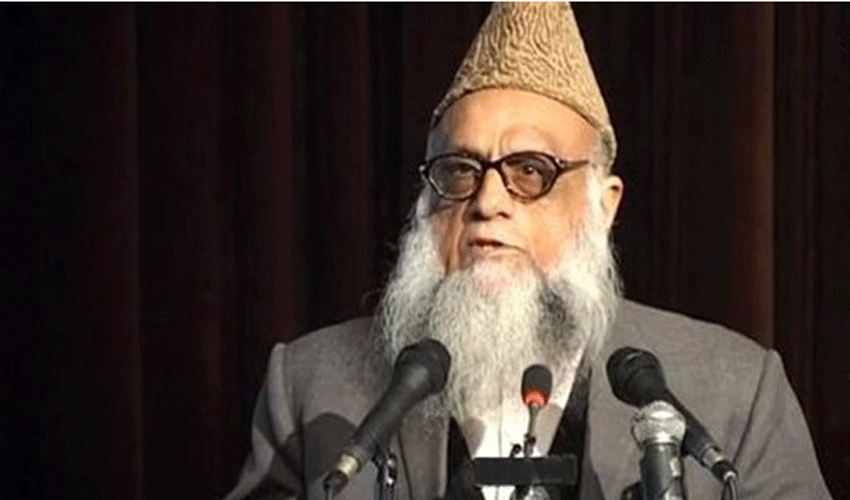A 6.3-magnitude earthquake struck western Afghanistan on Sunday, according to the US Geological Survey, adding to the series of tremors that have devastated the region this month.
The epicentre of the quake was reported to be 33 kilometres (20 miles) from Herat city, the capital of the western province, and its depth 6.3km. This follows a magnitude 6.3 quake on October 7, accompanied by eight powerful aftershocks, which resulted in over 1,000 deaths and hundreds of injuries in the same area.
With entire villages flattened and thousands left without shelter, the region experienced another tremor of similar intensity, causing one fatality and injuring 130 others. The aftermath of these earthquakes has left more than 12,000 people affected, and UNICEF revealed that over 90% of the casualties were women and children.
The challenging situation is exacerbated by Afghanistan's existing humanitarian crisis, marked by the withdrawal of foreign aid following the Taliban's return to power in August 2021. Providing shelter on a large scale poses a significant challenge for the Taliban authorities, who have strained relations with international aid organizations.
Homes in rural Afghanistan are typically constructed with mud and wooden support poles, lacking steel or concrete reinforcement. The multi-generational extended family structures prevalent in the region mean that earthquakes can have a devastating impact on entire communities.
The earthquakes further compound the difficulties faced by Afghanistan, underscoring the urgent need for humanitarian assistance and support for the affected population.



























